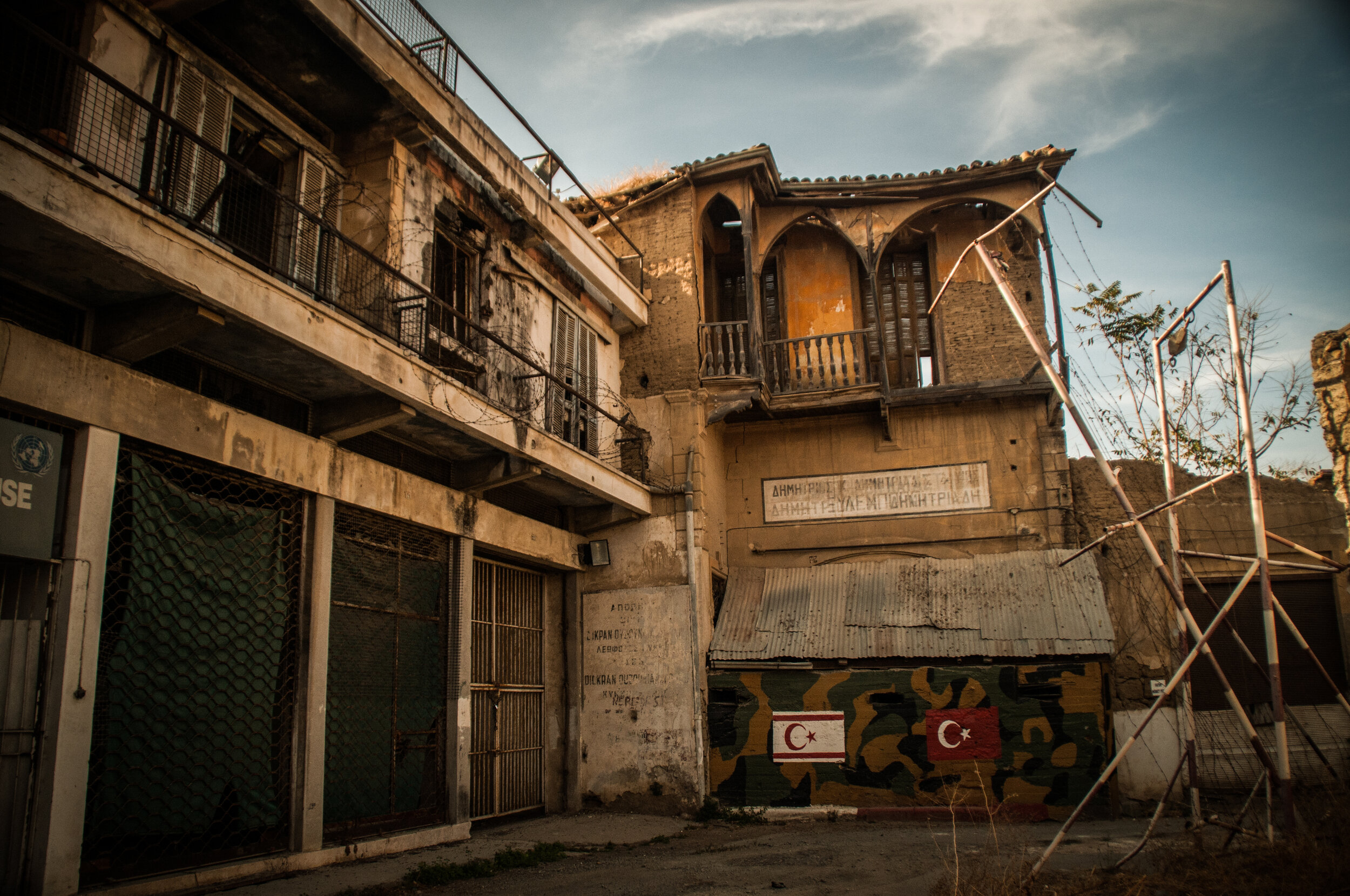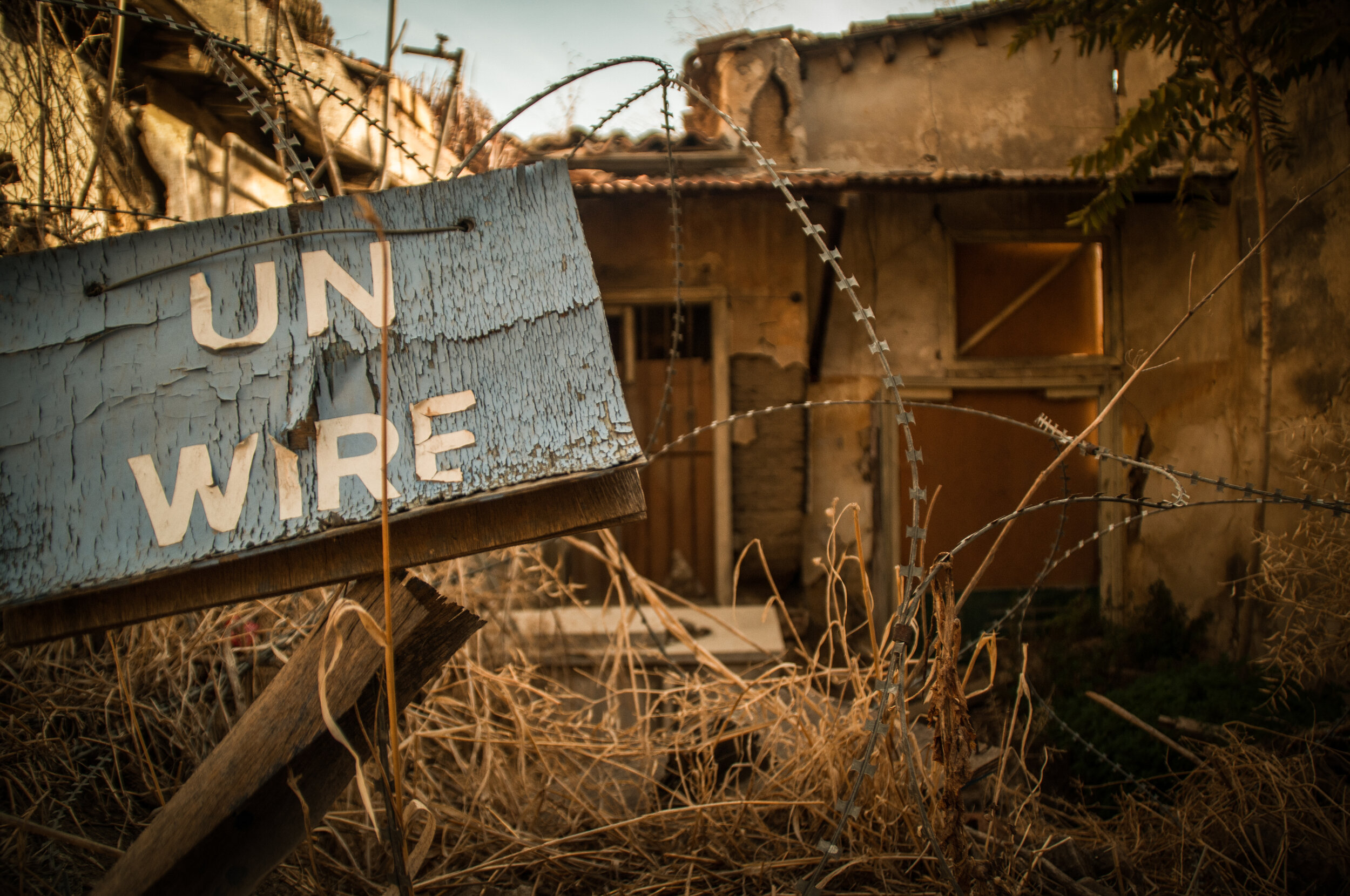The Wall
UN Buffer Zone of Cyprus, also known as ‘the no man’s land’ or ‘the Green Line’ was first set in 1960s and became impassable after the physical and communal separation of the country following the division in 1974. Nicosia is the last remaining city in the world that is still physically divided and it is divided from east to west. In certain places of the old town surrounded by the Venetian Walls, the Zone is only a few meters wide; 3.3 meters apart at the narrowest point. Following the division, Turkish Cypriots have been living in the northern part whereas the Greek Cypriots have been living in the southern part of Cyprus. The history of this city is full of tragedy, fear, tear, conflict and war. Many people from both communities had to leave their homes and their memories behind and move to ‘the other side’, either south or north of the country. Until the checkpoints were first opened in 2003, people were unable to cross over to ‘the other side’ and visit their houses and old friends.
I shaped my project around the Nicosia section of the Buffer Zone within the Venetian Walls. The city in some ways is a symbol of inseparability and unification as those solid Venetian city walls surrounds and holds it together. For over the last 50 years, only the Turkish, Greek and UN armies are located inside the UN Buffer Zone. The houses and shops became derelict within the Green Line. In this project, I examined not only inside the UN Buffer Zone but also the life that continues along the border while the local people keeping on their daily life, ignoring the existence of the division. However, the people from both communities who demand for a reunited Cyprus demonstrated in the Buffer Zone almost every single day since the peace talks have collapsed first time in May 2017 asking for the leaders to get back to negotiations and find a solution on the island.


















